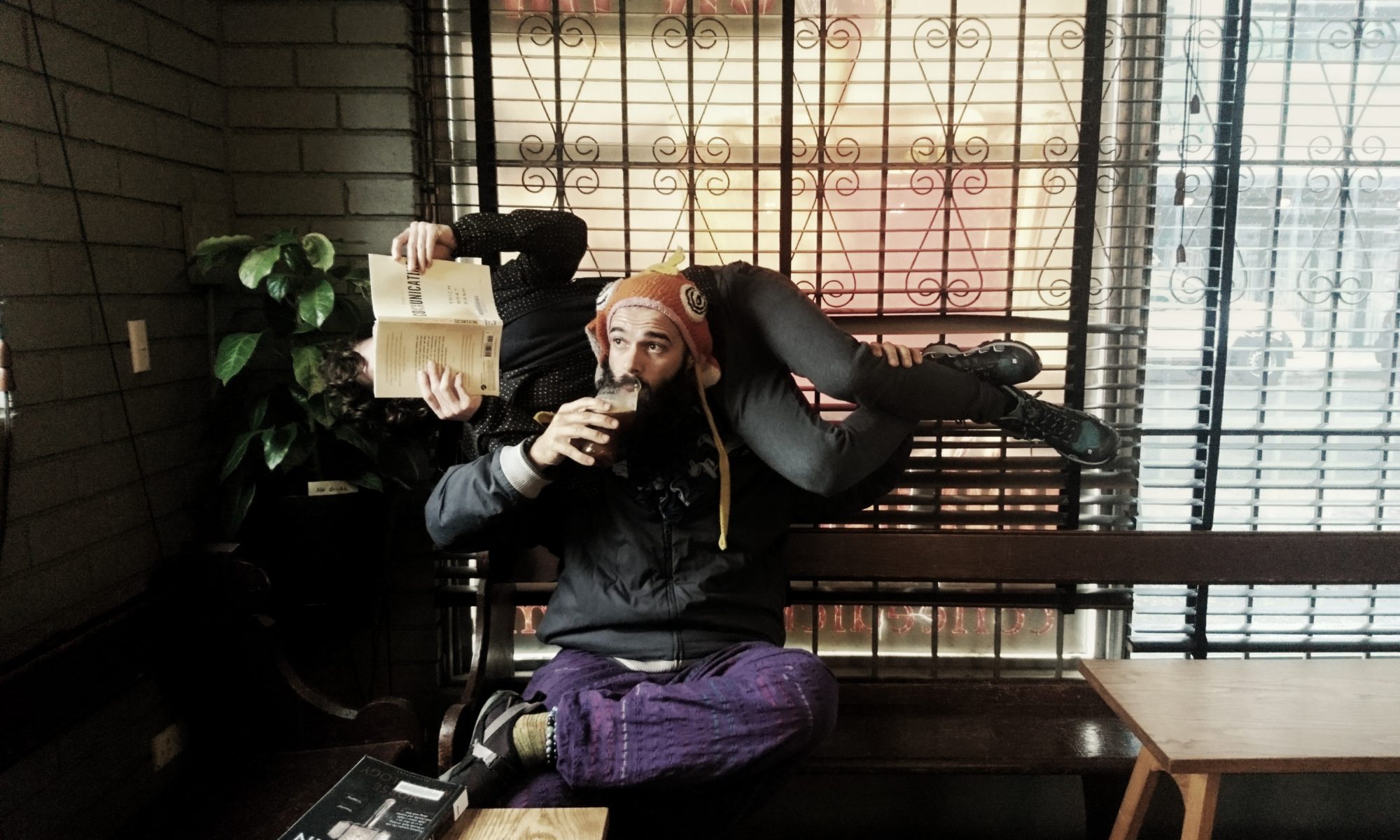Melbourne Viewpoints FUNdamentals
Come play with The Mighty Caesar, and expand your performing toolkit, with a fun introduction to The Viewpoints. Explore your interactions with other performers through time and space with the nine physical viewpoints.
Developing spontaneity, playfulness, body awareness, and clarity of movement.
Bring a partner, or come solo and make new friends on the night. Everyone is welcome! This is a safe space to come and learn new skills in an open and supportive environment. The class is focused towards our own individual learning no matter what skill level we may possess. Meeting and connecting with our ensemble to better understand and communicate, allowing our natural creativity to flow and deepen.
Working with the individual viewpoints, we will have time to focus and learn what they have to teach. We will be going through creative tools, that can be applied to auditions, scene study, monologues for stage and screen. We will work with short and long form improvisation, and scene work. The class is about our process, opening up, creating with our bodies, learning how we can better apply ourselves with the aid of the viewpoints.
This will help you to find connection and balance within your own practice. We use creative flow, obstacles and the learning process to play and explore all the possibilities of what our minds and bodies are capable of.
Each class will begin with a group warm up, followed by joint preparation, then moving into specific body articulation and focus techniques, derived from the Le Coq pedagogy, Suzuki method, and other movement practices. This will lead into our improvisation and discussion of the viewpoint we will be using. The improvisation will be made of both short, and long sessions to be able to explore deeper into the process of creating and using the viewpoints. With discussions held in between to solidify our understanding and work. The class will finish with a slow cool down and debrief.
These are fundamental and powerful tools we can add to our kit, to help strengthen our performance practice. Material you can take home and use as a flow to warm up with, as a connection builder for ensembles, or just to play and explore.
The term will leave you with a deeper understanding of the viewpoints. You will be given ways to think about creating and how to apply it to your own process. By breaking down each viewpoint, you will learn the subtle differences between them, how to talk about viewpoints, and ways that they can be incorporated into your own performances. Come learn more about your self and the secrets The Viewpoints has to offer.
The Term covers
- Physical warm up, focusing on moving the joints. Articulation of ones body and learning clarity of movement.
- Ensemble warm up, focusing on listening, accepting offers, and following impulses
- Introduction to the nine Physical viewpoints
- Practicing ensemble improvisation and creating with the nine physical viewpoints
This class is for all levels of experience.
Please wear loose comfortable clothing you can move in.
A small towel
Bring a bottle of water.
An open adventurous spirit.
This class is great for movers, parkour, circus performers, actors, physical theatre performers, dancers, singers, artists, puppeteers. Anybody wishing to explore their bodies and use it in a new way.
Viewpoints a brief history
A technique of improvisation that grew out of the postmodern dance world. It was first articulated by choreographer Mary Overlie, who broke down the two dominant issues performers deal with – Time and Space – into six categories. She called her approach the six viewpoints. This was then further expanded for performers and stage by directors Anne Bogart and Tina landau.
Viewpoints is a technique of composition that acts as a medium for thinking about and acting upon movement, gesture and creative space. Allowing a group of performers to function together spontaneously and intuitively, and to generate bold, theatrical work quickly. It develops flexibility, articulation, and strength in movement and makes ensemble playing possible.


